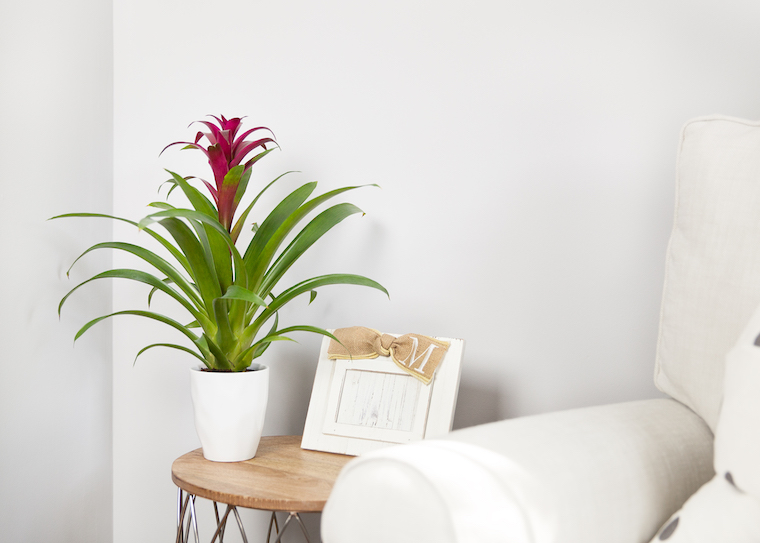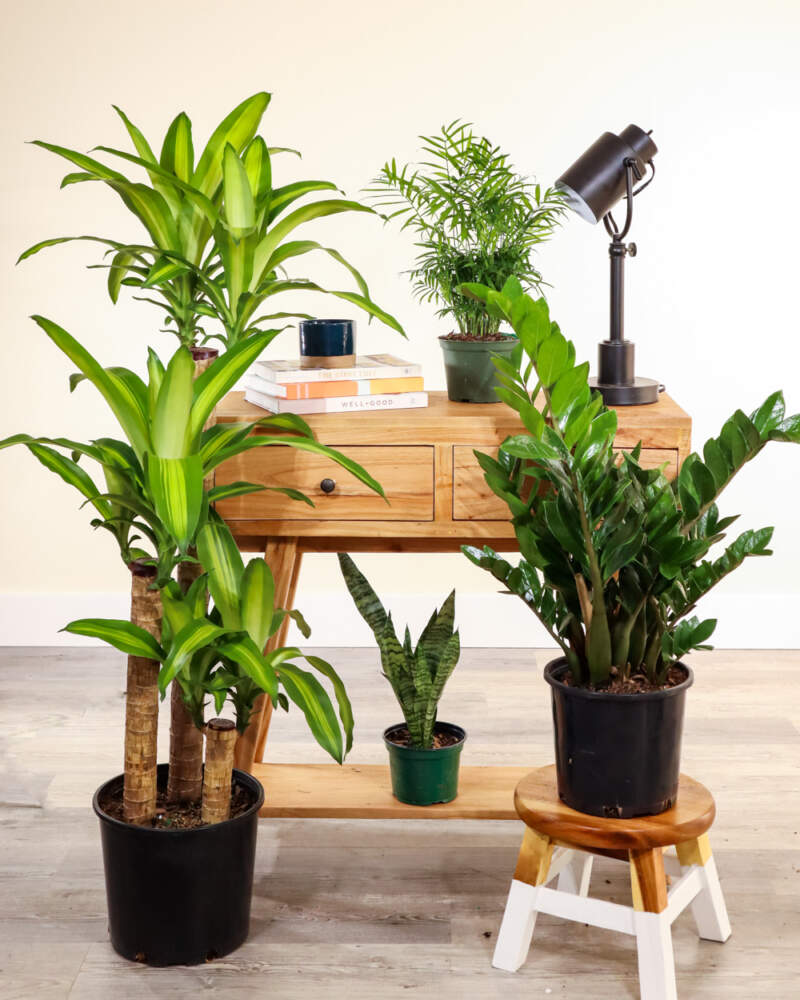Enhance Your Home Décor with the Best Low-Light Indoor Plants
Transform Your Home With Beautiful Low-Light Indoor Plants and Their Advantages
Integrating low-light indoor plants right into your home can considerably improve both the environmental and aesthetic quality of your living spaces. These plants, which prosper in dark problems, serve not just as decorative components however additionally as natural air cleansers, making them optimal for urban residents or those with limited sunshine exposure. As we check out the different types of low-light plants and their benefits, you may find unexpected methods to integrate them into your home that can transform your environments in methods you could not have prepared for.
Advantages of Low-Light Plants
Low-light plants offer various advantages for interior atmospheres, making them an outstanding selection for both novice and knowledgeable garden enthusiasts. Among the primary benefits is their adaptability to low-light conditions, enabling people to enhance their home without the requirement for considerable sunlight direct exposure. This characteristic makes them suitable for homes, workplaces, and other locations with restricted all-natural light.

Moreover, incorporating low-light plants right into home décor can raise the aesthetic charm of a space. Their lush vegetation and varied textures produce a calming ambience, adding to overall health. The visibility of plant has actually been linked to minimized stress and anxiety degrees and improved performance, making low-light plants a sensible option for enhancing both physical and psychological health in interior setups.
Leading Low-Light Indoor Plants
While lots of indoor plants grow in bright light, a number of varieties are particularly well-suited for low-light conditions, making them ideal for different indoor areas. One popular option is the Serpent Plant (Sansevieria), understood for its striking upright fallen leaves and durability, calling for minimal treatment. Another exceptional choice is the Pothos (Epipremnum aureum), which includes heart-shaped leaves and can route magnificently from hangers or racks, growing in reduced light and adding a lush touch.
The ZZ Plant (Zamioculcas zamiifolia) is celebrated for its shiny fallen leaves and capacity to stand up to disregard, making it excellent for hectic way of livings. In a similar way, the Tranquility Lily (Spathiphyllum) not only endures reduced light however additionally produces magnificent white blooms, boosting any area's aesthetic.
For a special touch, consider the Cast Iron Plant (Aspidistra elatior), which without a doubt meets its name, flourishing in the darkest edges of your home. The Chinese Evergreen (Aglaonema) offers a selection of fallen leave patterns and shades while being incredibly flexible in low-light problems. These plants not just improve indoor environments however likewise add to air purification, improving your space.
Treatment Tips for Low-Light Plants
:max_bytes(150000):strip_icc()/low-light-plants-GettyImages-1360510675-50ad3d1ad95942ecaed5e4cee84f7572.jpg)
Sprinkling techniques are vital; these plants often choose somewhat completely dry problems. Overwatering can lead to root rot, so make sure that the leading inch of soil is completely dry before watering again. Use pots with drainage openings to allow excess wetness to run away.
Moisture is an additional important element. Numerous low-light plants, such as ferns and peace lilies, gain from greater moisture levels. To raise humidity, think about misting the fallen leaves or putting a tray of water near the plants.
Fertilization must be come close to with caution. Throughout the expanding season, use a thinned down, balanced fluid plant food every month to support development, however avoid feeding throughout the inactive cold weather.

Imaginative Ways to Show Plants
Interior plants can work as fascinating prime focus in any type of area, boosting both aesthetic appeal and setting. Innovative display screens can raise the visual impact of low-light plants, making them an indispensable part of your home style. One efficient method is to use tiered plant stands, which enable you to find more information display several plants at differing elevations while maximizing floor room.
Hanging planters are an additional ingenious choice, creating a feeling of deepness and drawing the eye upwards. Think about macramé wall mounts or wall-mounted shelves to introduce a distinct texture and style.
For an extra organized technique, use geometric terrariums or glass containers to house your plants, adding a modern touch to your interior yard. You can additionally repurpose classic products, such as teacups or wooden dog crates, for an eclectic screen that shows your character.
Enhancing Home Atmosphere With Plants
Incorporating low-light plants into your home not only improves aesthetic appeal however additionally adds dramatically to the overall setting. These plants work as natural design components, introducing a feeling of tranquility that can change any area. The presence of plant fosters a soothing atmosphere, which is particularly useful in high-stress atmospheres such as office or living areas.
Low-light plants, such as snake plants, pothos, and ZZ plants, are not only visually pleasing but additionally enhance indoor air high quality by filtering contaminants. This dual function enhances the setting better, producing a much healthier living area (Best low-light indoor plants). The strategic placement of these plants can likewise affect the assumption of room; for instance, tall plants can attract the eye up, making ceilings show up higher and spaces extra roomy
Moreover, varying appearances and colors of vegetation add deepness to interior layout, enabling creative expression in home designing. Whether put on racks, in edges, or as centerpieces, low-light plants can elevate the state of mind of any room. In summary, including these plants right into your home is an effective means to cultivate a cozy, inviting ambience while reaping the advantages of boosted air high quality and visual versatility.
Final Thought
Including low-light interior plants into home settings supplies many advantages, consisting of enhanced visual appeal and improved air quality. These resilient plants, such as the Snake Plant and Tranquility Lily, call for marginal light and upkeep, making them ideal for varied way of livings. Their capacity to filter pollutants contributes to a much healthier home, while their diverse textures and colors enhance click here now indoor decor (Best low-light indoor plants). Eventually, the inclusion of low-light plants fosters a serene and welcoming setting, changing any kind of home right into a relaxing sanctuary.
While lots of interior plants thrive in brilliant light, several types are specifically well-suited you could check here for low-light problems, making them excellent for different interior spaces. One reliable technique is to make use of tiered plant stands, which allow you to display multiple plants at varying elevations while taking full advantage of flooring area.
Low-light plants, such as serpent plants, pothos, and ZZ plants, are not just cosmetically pleasing but also improve indoor air quality by filtering contaminants. Best low-light indoor plants. The strategic placement of these plants can additionally influence the perception of room; for instance, high plants can draw the eye upward, making ceilings show up greater and spaces a lot more sizable
These durable plants, such as the Snake Plant and Peace Lily, call for very little light and maintenance, making them appropriate for diverse way of lives.